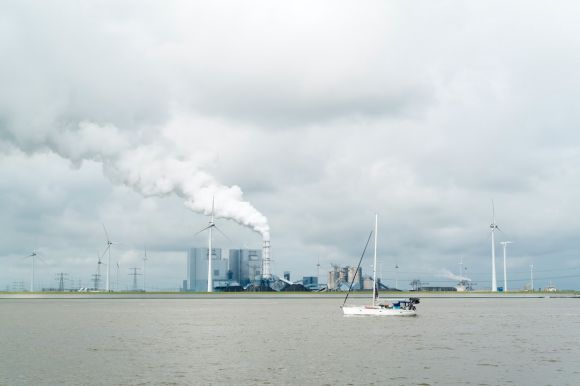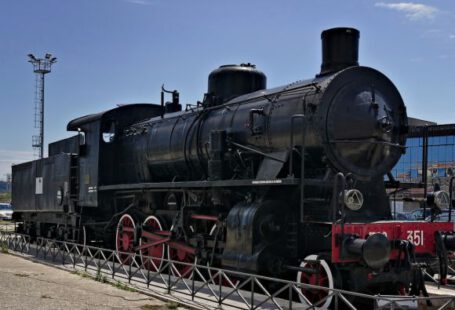Steam turbines have been at the forefront of power generation for over a century, providing a reliable and efficient means of converting steam energy into mechanical energy. These powerful machines have played a crucial role in driving turbines and generators, thus producing electricity on a large scale. In this article, we will delve into the workings of steam turbines and explore their significance in the field of power generation.
The Basics of Steam Turbines
At their core, steam turbines are devices that use high-pressure steam to generate rotational motion. The steam enters the turbine at a high velocity and passes through a series of stationary and rotating blades, known as stages. As the steam flows over the blades, it transfers its energy, causing the rotor to spin.
The Role of Steam Turbines in Power Generation
Steam turbines are the primary drivers of electricity generators in power plants worldwide. These turbines are commonly used in both fossil fuel power plants and nuclear power plants.
Fossil Fuel Power Plants
In fossil fuel power plants, steam is generated by burning coal, oil, or natural gas. This steam is then directed into steam turbines, which convert its energy into mechanical energy. The rotating motion of the turbines is used to spin generators, which produce electricity. Fossil fuel power plants equipped with steam turbines are capable of generating large amounts of electricity, making them a vital component of the global power grid.
Nuclear Power Plants
Similarly, steam turbines also play a crucial role in nuclear power plants. In these plants, the heat generated by a nuclear reactor is used to produce steam. This steam, in turn, drives steam turbines, which then rotate generators to produce electricity. Nuclear power plants are known for their efficiency and ability to generate significant amounts of electricity while producing low greenhouse gas emissions.
Advantages of Steam Turbines in Power Generation
Steam turbines offer several advantages that have contributed to their widespread use in power generation.
High Efficiency
Steam turbines are known for their high efficiency in converting thermal energy into mechanical energy. This efficiency allows power plants to generate more electricity while utilizing fewer resources, resulting in reduced fuel consumption and lower operating costs.
Flexibility
Steam turbines are highly versatile and can be used with various fuel sources, including coal, natural gas, and biomass. This flexibility enables power plants to adapt to changing energy demands and fuel availability, ensuring a reliable and continuous supply of electricity to consumers.
Reliability
Steam turbines are renowned for their reliability and long operating life. With proper maintenance and regular inspections, steam turbines can operate for decades, providing a stable and consistent source of electricity.
Conclusion
Steam turbines have revolutionized the field of power generation, playing a pivotal role in supplying electricity to communities worldwide. Their ability to efficiently convert steam energy into mechanical energy has made them an integral part of fossil fuel and nuclear power plants. With their high efficiency, flexibility, and reliability, steam turbines have become a cornerstone of the global power grid, helping to meet the ever-increasing energy demands of the modern world. As technology continues to advance, steam turbines are likely to evolve further, ensuring their continued importance in the future of power generation.





